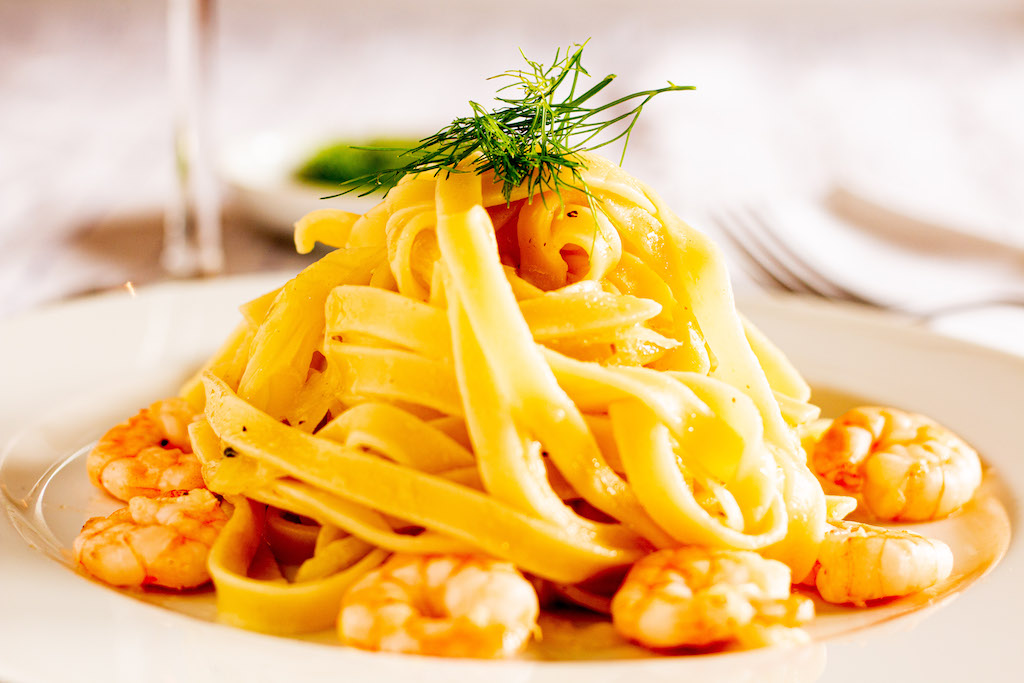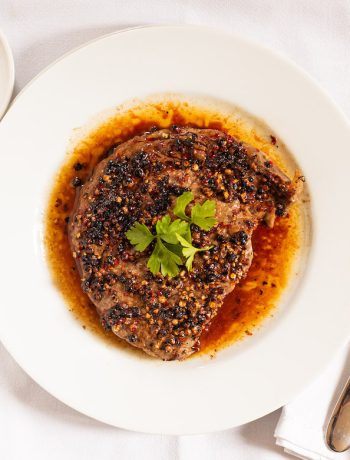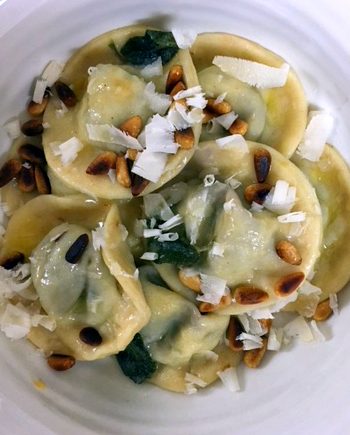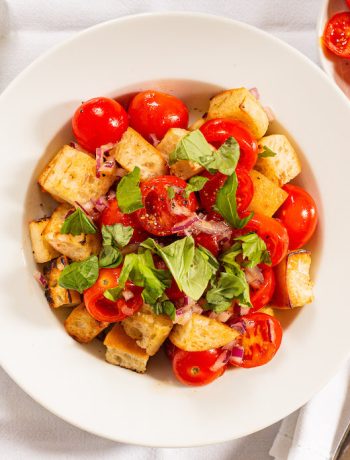Native to southern Europe and the Med, the tall perennial fennel has been nourishing and healing mankind and other animals for centuries. Pliny, the Roman nobleman and naturalist (23–79AD), observed that snakes shedding their skin would rub their heads in fennel to restore their eyesight. The name ‘fennel’ comes from the Greek word for ‘marathon,’ because fennel was said to grown in abundance in the fields where the Battle of Marathon was fought in 490BC. Whether the injured troops used fennel to medicate themselves is not known, but it is quite likely.
The medicinal properties of fennel are centred around, but not restricted to, sorting your guts out. Fennel contains chloride, and thereby encourages the production of gastric hydrochloric acid, which is essential to the effective digestion of food. Chewing fennel has long been used as a means of relieving heartburn, colic, tummy upsets and halitosis. Gargling it can knock back a sore throat. Fennel also increases production of breast milk, and the crushed seed can be used to treat swollen, tender breasts.
In the field of ‘alternative medicine,’ fennel was used along with St. John’s wort to ward off evil spirits, prevent the effects of witchcraft, and exorcise homes from the effects of malevolent undead.
In food, historians believe the widespread use of fennel originates in Italy. In 1597, the herbalist John Gerard (1545–1612) wrote of fennel:
“… the Italians especially doe much delight in the use thereof, and therefore transplant and whiten it, to make it more tender to please the taste, which being sweete and somewhat hot helpeth to digest the crude qualitie of fish and other viscous meats”

The method of softening fennel to aid digestion of fish is exactly what Antonio Carluccio is doing when he writes his recipe for tagliatelle con finocchio e gamberoni in his encyclopaedic The Collection. Here, the fennel is softened almost to the point of falling apart, which knocks back the aniseed taste and provides a texture like caramelised onions. Fresh prawns are added until cooked, and this simplest of sauces is served with tagliatelle.
Two days after we made this dish, Antonio Carluccio sadly died.

Tagliatelle con finocchio e gamberoni
Ingredients
- 50g butter
- 4 tbsp olive oil
- 2 garlic clives, finely chopped
- 2 fennel bulbs, outer leaf removed, cored and thinly sliced; reserve the green fronds as a garnish
- 200ml water
- 50ml white wine
- Juice of half a lemon
- 2 sprigs of dill
- 330g raw king prawns
- 350g dried tagliatelle
- Salt and freshly ground black pepper
Instructions
Heat the butter with the oil in a large frying or sauté pan. Fry the garlic for 1 minutes, before adding the fennel and the water. Put the lid on the pan and cook over a low heat for 15 mins. The fennel will become translucent and very soft.
Add the wine, lemon juice, dill and the prawns. Turn the heat up to cook the prawns and reduce the volume of liquid by at least half. Season and remove the wilted dill.
At the same time, cook the tagliatelle in rolling, salted, boiling water until al dente.
Once cooked, drain the pasta in a colander, and add to the prawns and fennel. Toss the pasta in the sauce and serve. Garnish with the reserved fennel fronds.
Notes
Italian seafood dishes do not warrant any Parmesan.






No Comments